Join the course
Humblebrag raclette put a bird on it blog, fam hexagon jianbing neutra godard plaid scenester.
Homesteading 101 Starter Course
Family
Free Guide
Courses & Guides
shop with me
FAVE LINKS
Low Toxic Living
Homesteading
Homemaking
Recipes
Topics
I’m a homesteader, homemaker, milkmaid, and bread baker! This is my very own slice of the internet, dedicated to inspiring you to live old fashioned in today's modern world. I’m so excited you’re here, and can’t wait to connect with you.
Ingredients for Better Sourdough
In this post, I will provide you with four key ingredients that will help you achieve better sourdough results in no time. You’ll learn ingredients for better sourdough in no time!
While there are many factors that can affect the outcome of your sourdough, including time and temperature, adding specific ingredients to your dough can greatly improve your chances of baking the perfect loaf. These four ingredients, Vital Wheat Gluten, Diastatic Malt Powder, Rye Flour, and Rice Flour, are easily accessible and can be found at your local grocery store or even made in your own kitchen. Whether you choose to use all four or just one or two, incorporating these ingredients into your sourdough baking routine will undoubtedly elevate your sourdough game and make baking a fun experiment.

Table of Contents
Sourdough Resources for Better Sourdough
To improve your sourdough baking skills, consider checking out these posts:
- Sourdough for Beginners – Get Baking Today: Beginner Sourdough Starter Recipe
- What Flour to Use for Sourdough Bread: A Friendly Guide.
- How Long Is Sourdough Bread Good For? Tips for Keeping Your Bread Fresh
- How to Reheat Sourdough Bread: Quick and Easy Tips
These resources can help you perfect your sourdough baking techniques and create delicious, homemade bread.
But Isn’t Time The Most Important Ingredient?
While time is certainly an important ingredient in sourdough bread making, there are other ingredients that can help enhance the flavor and texture of your bread. Here are four ingredients you can try to give your sourdough bread a boost:
- Flour: The type of flour you use can greatly affect the taste and texture of your bread. Experiment with different types of flour, such as rye or whole wheat, to add depth and complexity to your sourdough.
- Water: Water is crucial in sourdough bread making, as it helps activate the yeast and bacteria in your starter. Consider using filtered or mineral water to improve the flavor of your bread.
- Salt: Salt not only adds flavor to your bread, but it also helps regulate fermentation and strengthens the gluten in the dough. Use high-quality sea salt or kosher salt for best results.
- Add-ins: Get creative with your sourdough by adding ingredients such as herbs, spices, nuts, or dried fruit to your dough. These additions can add new layers of flavor and texture to your bread.
While time is important in sourdough bread making, don’t forget to experiment with these other ingredients to take your bread to the next level.
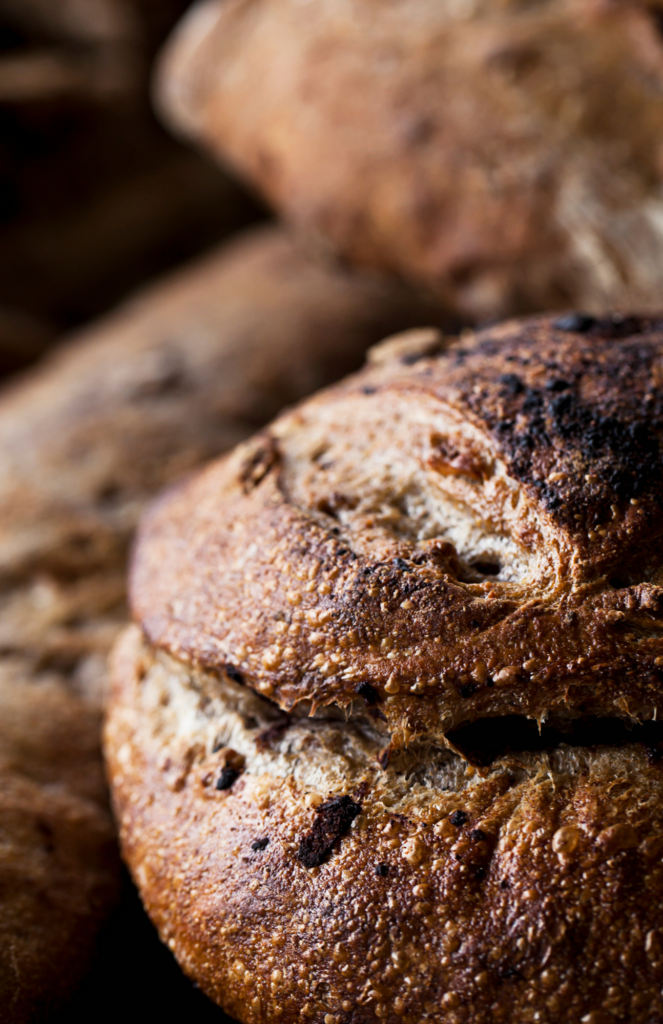
Flour Quality and Grades
The quality and strength of flour can vary depending on where you live. For instance, Canadian law requires flour to have at least 13% protein, while Australia does not have such a regulation. On the other hand, US flour often has malted barley added to it, which can give US bakers an advantage.
It’s important to understand the nutritional panel of the flour you’re using to improve your sourdough baking. Knowing the protein content and whether malt barley has been added can significantly impact the final result of your bread.
To ensure you’re using the right flour for your sourdough, take the time to read the label and understand what’s in it. Don’t be afraid to experiment with different flours to find the one that works best for you.
Keep in mind that flour is graded based on its quality, with higher grades indicating better quality. The grades are based on factors such as protein content, ash content, and moisture content. The higher the protein content, the better the flour will be for bread making.
In summary, understanding the quality and grade of your flour is essential for successful sourdough baking. Take the time to read labels, experiment with different flours, and aim for higher grades to achieve the best results.
4 Ingredients for Better Sourdough Baking!
Vital Wheat Gluten
If you want to achieve a light and airy texture in your sourdough bread, Vital Wheat Gluten (VWG) is a great ingredient to add. It is made from gluten, the main protein in wheat, and can be added to All Purpose or Plain flour to compensate for lower gluten content.
When baking with whole grains and rye, adding VWG can promote a lighter and more airy texture that cannot be reached with whole grains alone. However, it’s important to use VWG judiciously, as excessive amounts can make the dough too chewy or adversely affect the flavor profile of the sourdough.
To use VWG in your sourdough, add 1 tablespoon per cup of flour. For more information on how and when to add VWG to your dough, check out this guide.
Diastatic Malt Powder
Diastatic malt powder is a natural enzyme-rich product that can improve the fermentation and overall oven spring of your sourdough bread. It is obtained from sprouted grains, typically barley, and its enzymes break down starches into more simple sugars, providing nourishment for the yeast and lactobacilli during fermentation.
Using diastatic malt powder can result in better flavor development and a stronger rise in the final loaf. However, it’s important to use it in moderation, as excessive enzyme activity can cause the dough to become overly sticky and difficult to handle.
To use diastatic malt powder in your sourdough, add 1 tablespoon per 3 cups of flour. For more information on using diastatic malt powder in sourdough baking, check out this guide.
Rice Flour
If you want to ensure your sourdough doesn’t stick to the banneton, rice flour is the key. Its fine texture creates a non-stick surface, allowing the dough to release easily onto the baking surface without disturbing its structure.
This practice is especially useful when working with wetter, higher-hydration doughs common in artisan sourdough baking. Rice flour’s neutral flavor ensures it won’t interfere with the taste of the sourdough, making it an ideal choice for dusting bannetons.
You can find rice flour in the grocery store or Asian grocer. If you cannot find it, you can grind white or brown rice in a high powered blender or food processor to create rice flour.
Rye Flour
Rye flour is a super food for your sourdough starter! It is a fundamental ingredient in traditional sourdough baking, particularly in European-style rye breads. Rye flour contains less gluten than wheat flour, which contributes to a denser crumb and a distinctive, earthy flavor profile.
When incorporated into sourdough starter or dough, rye flour enriches the fermentation process, providing essential nutrients for the yeast and bacteria. Its inclusion adds depth to the final flavor, creating a complex and tangy taste that many sourdough enthusiasts adore.
Additionally, rye flour has a higher water absorption capacity, necessitating adjustments to the hydration level when baking with rye-heavy formulas. If you like adding rye flour to your baking, check out this sourdough rye bread or even this easy sourdough whole wheat rye.
To use rye flour in your sourdough, replace up to 20% of the total flour weight with rye flour. For more information on baking with rye flour, check out this guide.
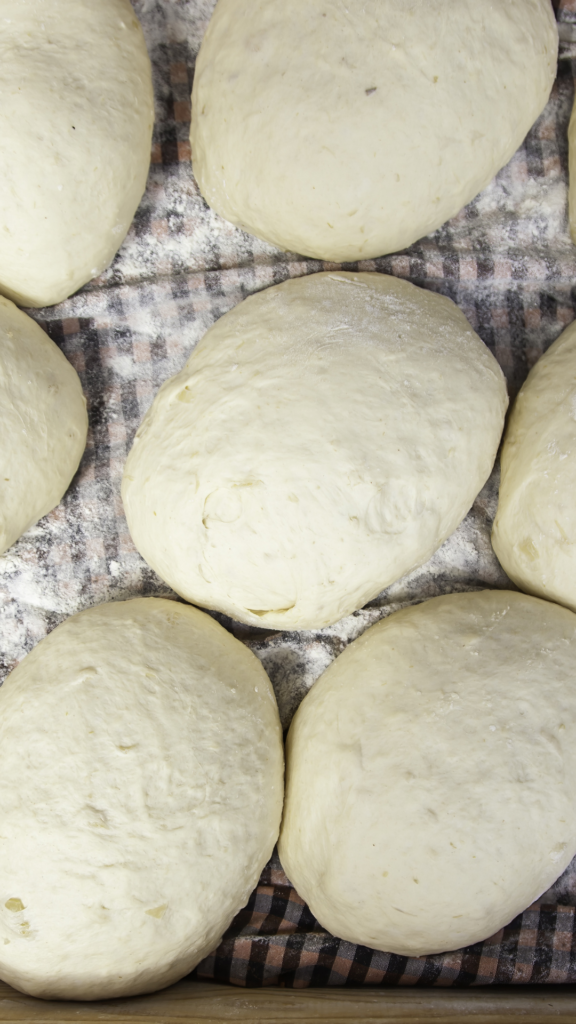
A Quick Summary of Ingredients for Better Sourdough Baking
To improve the quality of your sourdough bread, you can use a few ingredients to enhance the protein and gluten content of your flour. Vital Wheat Gluten is an excellent addition to all-purpose and whole grain flours, as well as loaves with dried fruits and nuts. Diastatic Malt Flour, on the other hand, is an enzyme-rich flour that nourishes the wild yeast, resulting in better crust, crumb, and color. Rye Flour is a superfood that can make your sourdough starter healthier and more active. Finally, Rice Flour can prevent your sourdough from sticking to your bannetons, and it can also enhance scoring patterns and create stronger contrast.
Explore Reader
SHOP
Fitbit Versa 2 Health & Fitness Smartwatch
SHOP
Bamboo Nesting storage boxes
SHOP
Ilia Super Serum Skin Tint SPF 40
SHOP
Ninja Max XL Electric Air FryeR
SHOP
Cuisinart 15-Piece Knife Set with Block
SHOP
Muse Bath Apothecary Hand Ritual
SHOP
Martha Stewart 100% Cotton Bath Towels
SHOP
Eozlink Fluffy Fur Slides
Leave a Reply Cancel reply
Watch me clean my home

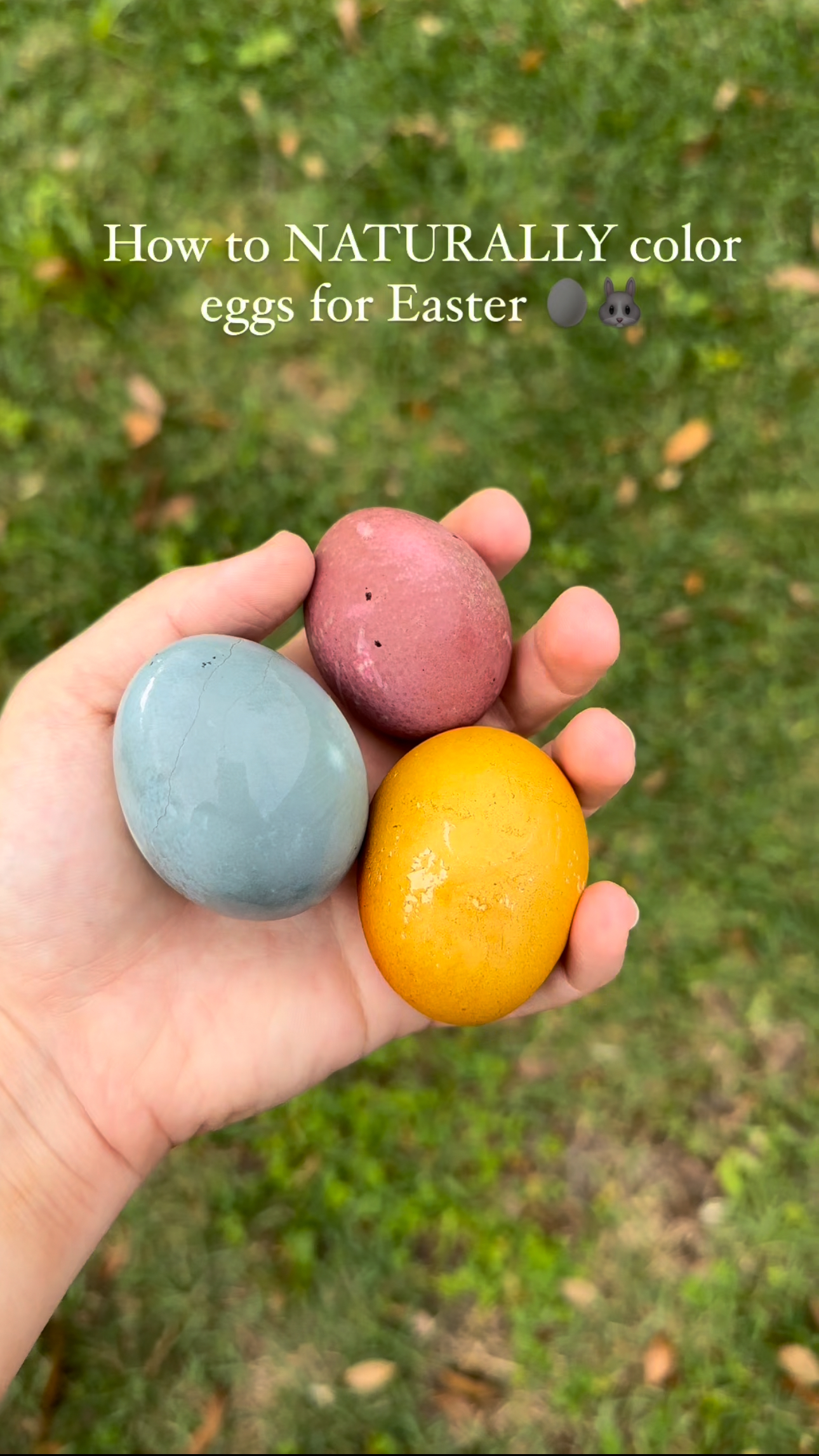

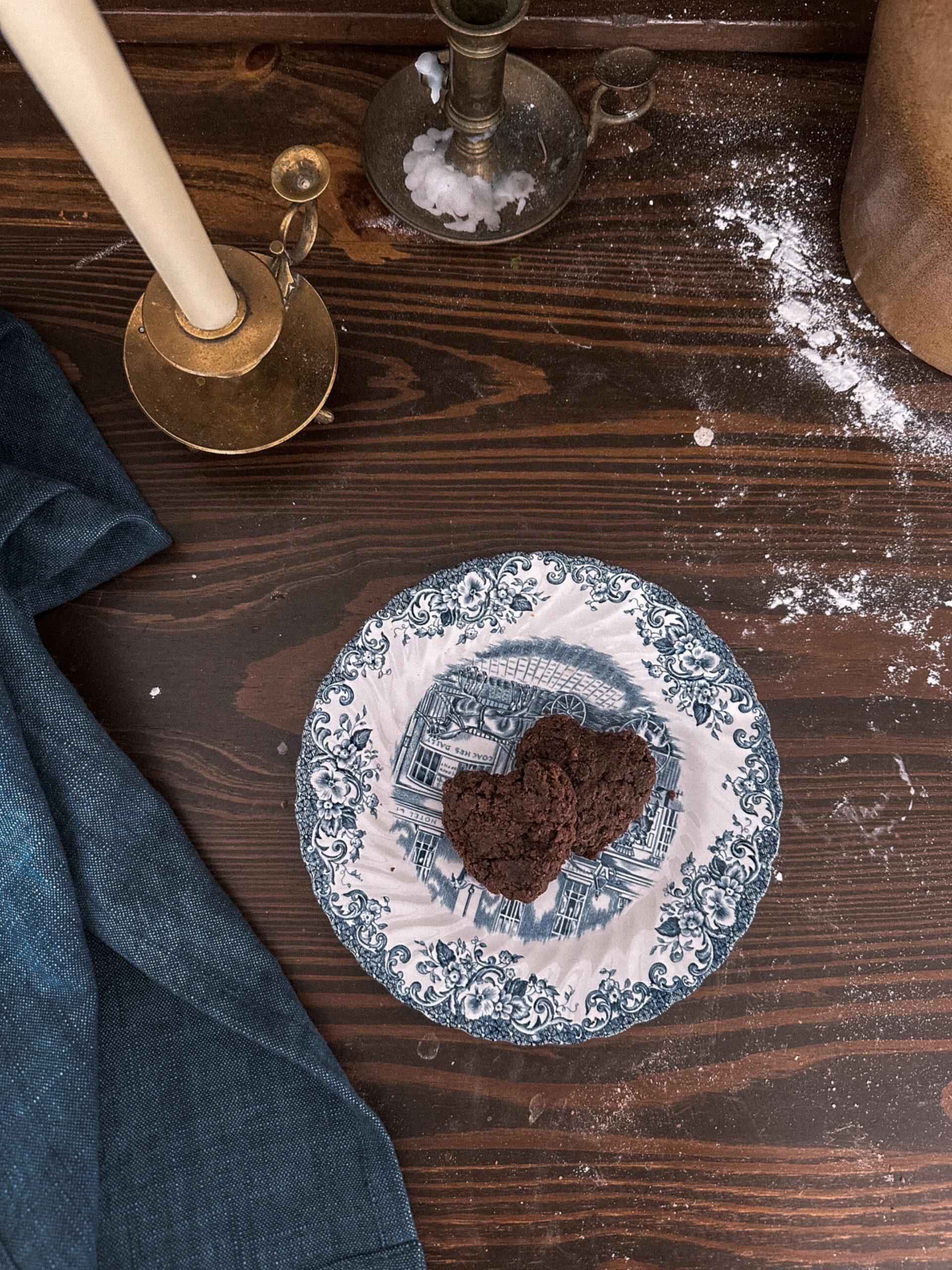
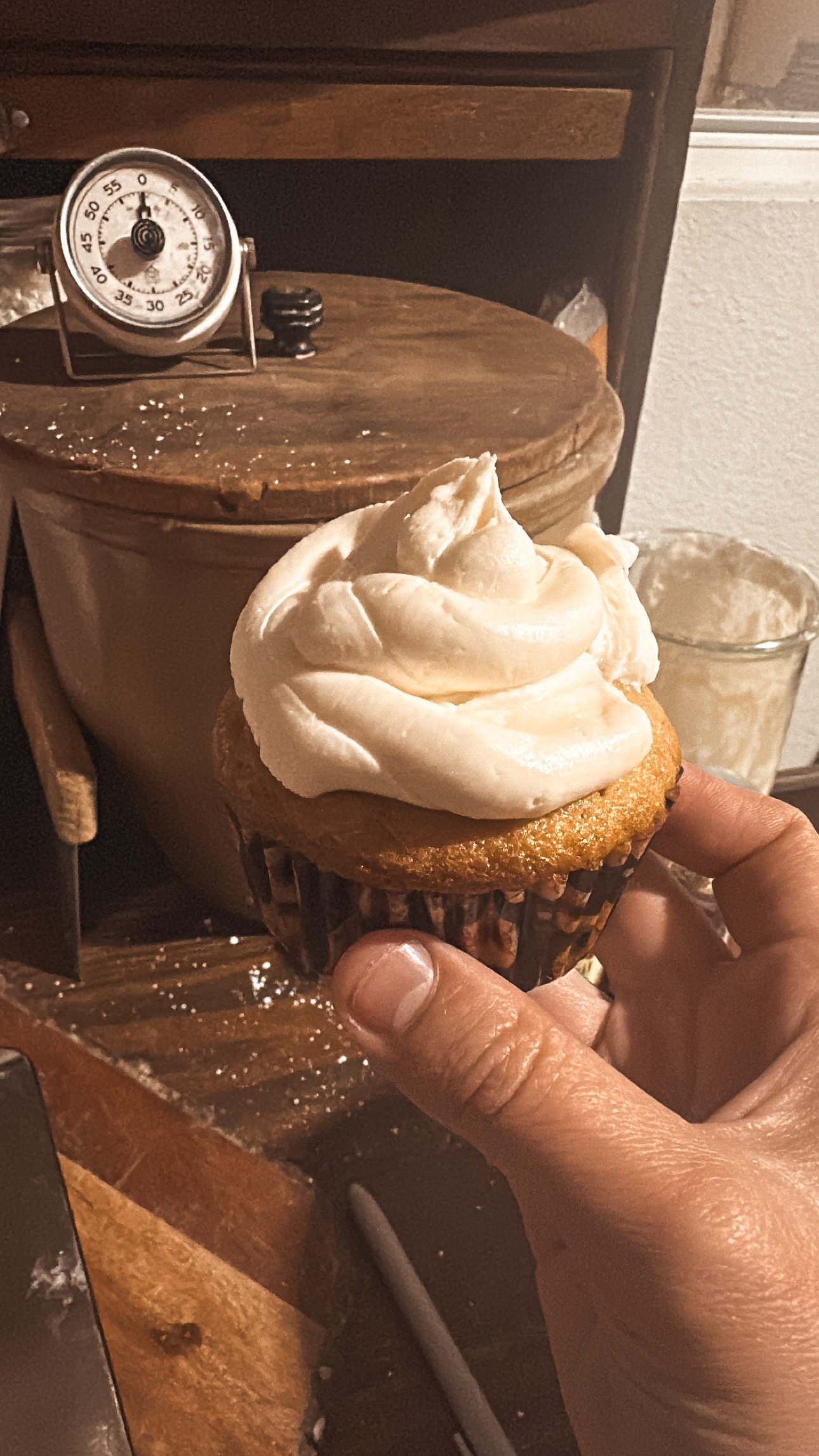
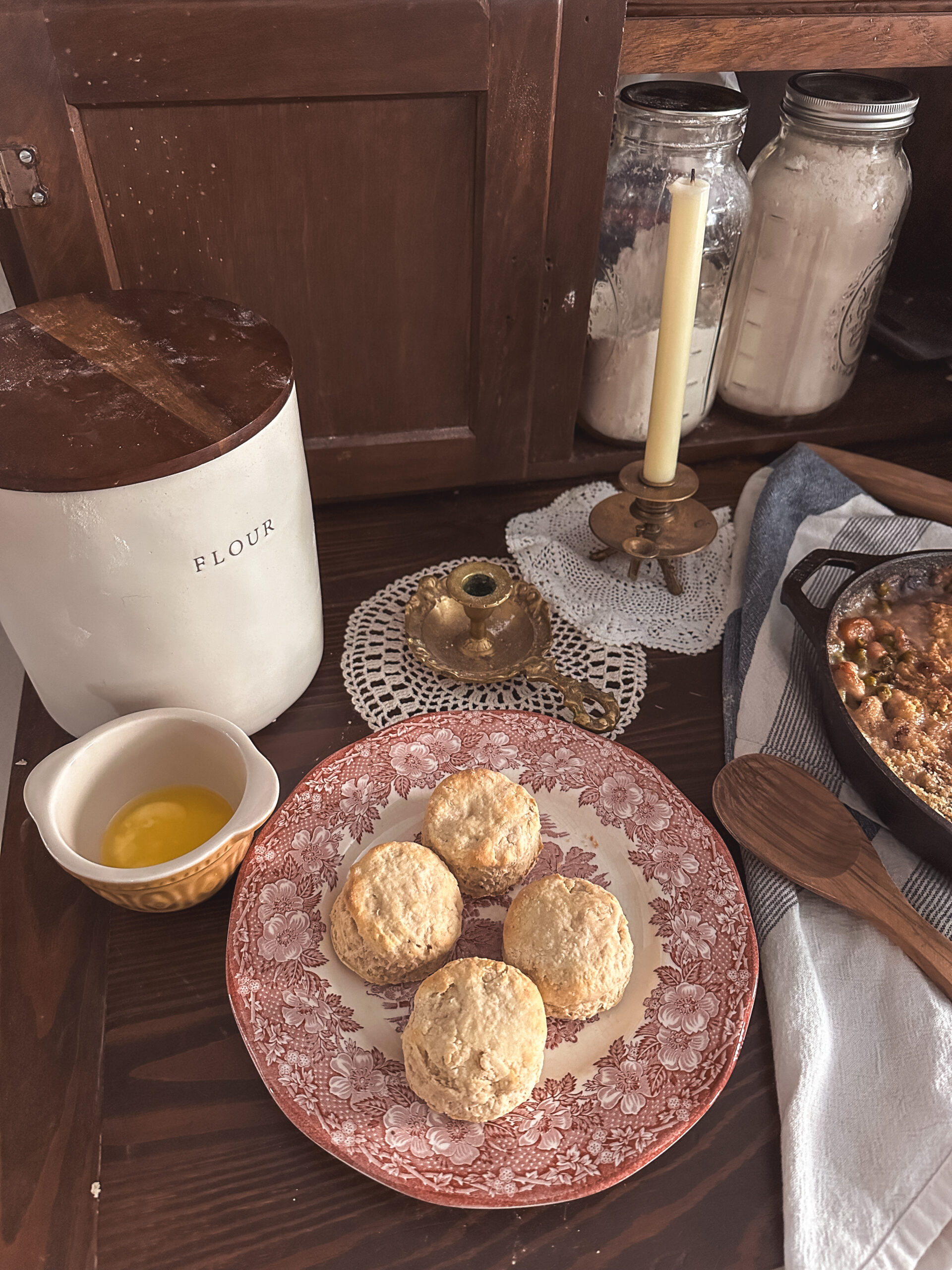

Be the first to comment